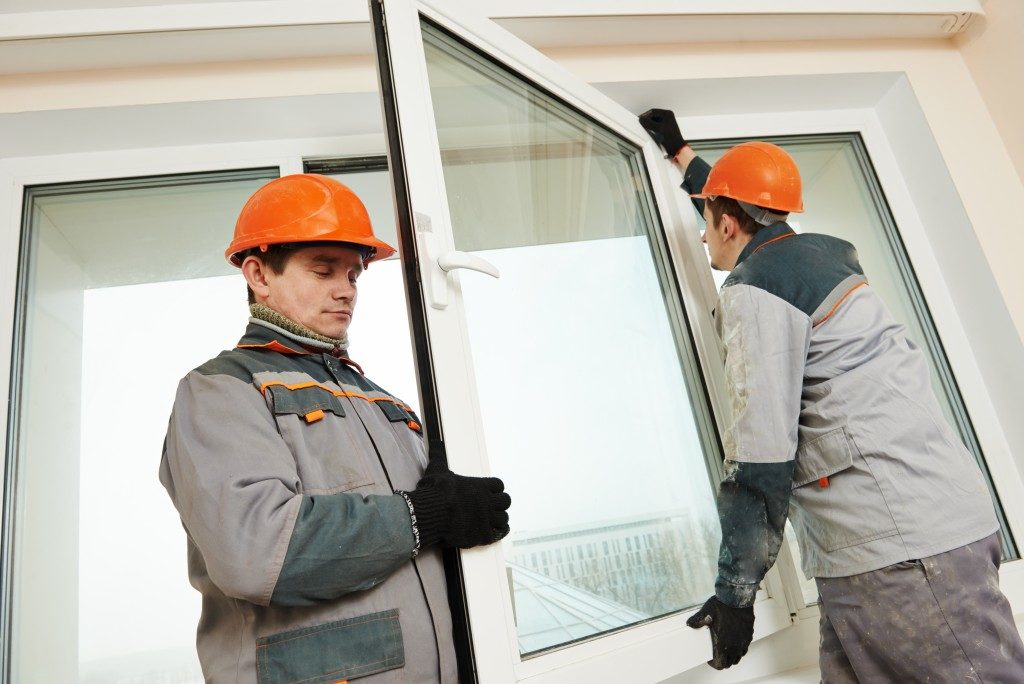Weather patterns have been erratic in recent years. Sudden heat spells or cold snaps and bouts of unseasonable warmth or chill are becoming more and more common. Just this April, Utah experienced a warm, sunny day followed by a winter storm in what is supposed to be spring. Sudden temperature shifts have affected other states as well. Earlier this year, the temperature in Houston, Texas, jumped up 50 degrees after a cold snap.
In a time of such drastic temperature changes, maintaining a healthy and comfortable level of warmth or coolness in your home becomes a priority. You can regulate your home’s temperature by updating your insulation or your central heating system. But have you thought about replacing your windows with environmentally efficient fixtures?
These fixtures are environmentally friendly and cost-efficient for both residential and commercial builders. But how do they work? And how can they save and you money?
The Mechanics of Energy Efficient Windows

Windows are important factors in regulating your home’s interior temperature. Your house’s windows can allow heat to enter during the summer and heat to leak out during the winter. Regulating the loss or gain of heat is responsible for 25-30 percent of residential energy costs.
Manufacturers of energy efficient window coat them with materials that can regulate or reflect heat transfer. This type of window has two ratings: U-value and R-value.
The U-value indicates how fast nonsolar heat passes through the window. A window with a lower U-value means that the window can store heat more efficiently. Windows with low U-values allow less heat to escape, keeping your structure warmer during the winter.
The R-value is the opposite of the U-value. The higher the R-value of a window, the better it is for reflecting heat away. Windows with high R-values can keep your home cool during the summer by keeping nonsolar heat away.
These windows are also double-glazed. Double-glazing refers to a layer of air or specialized gas trapped between two sheets of glass. This allows the window to better insulate your home.
The Benefits of Energy Efficient Windows
The cost of installing energy efficient windows may seem rather steep, but these fixtures are worth their price. Because they prevent your home from getting too hot or too cold, you use less electricity for air conditioning or heating systems. Energy efficient windows can lower your electricity bill by as much as 15 percent. Keeping your home warm in the winter also translates to less fossil fuel used for heating.
Switching to energy efficient windows also has financial benefits for residential and commercial property owners. States like Utah have tax rebates and incentives for homeowners and businesses that change to energy efficient materials and fixtures. Some of these rebates can pay commercial establishments up to 10 percent of the cost of the installed energy efficient fittings.
Although you can do much more as a homeowner, you can take small, steady steps to help the environment. Sustainable and energy efficient windows are one such step that you can take to build not only a better home, but a better world and a better tomorrow, too.




